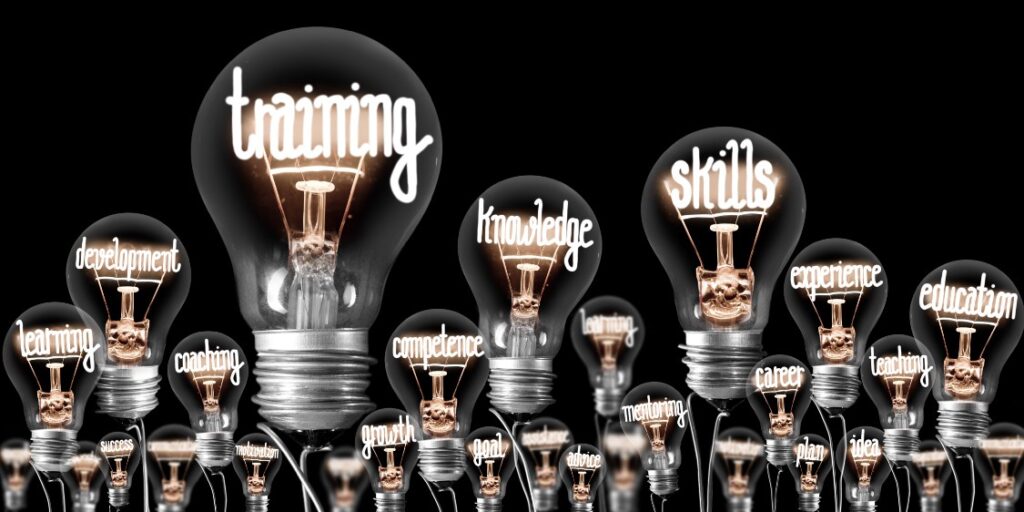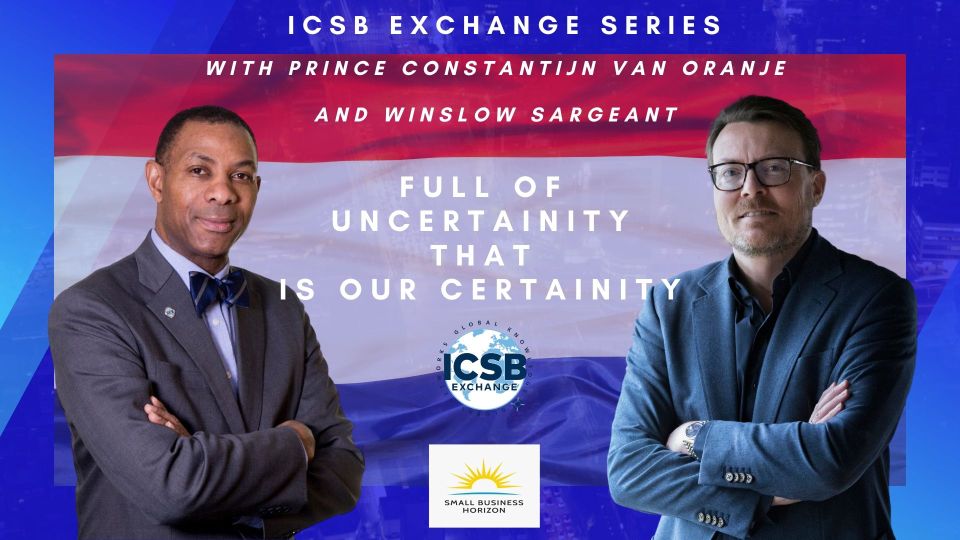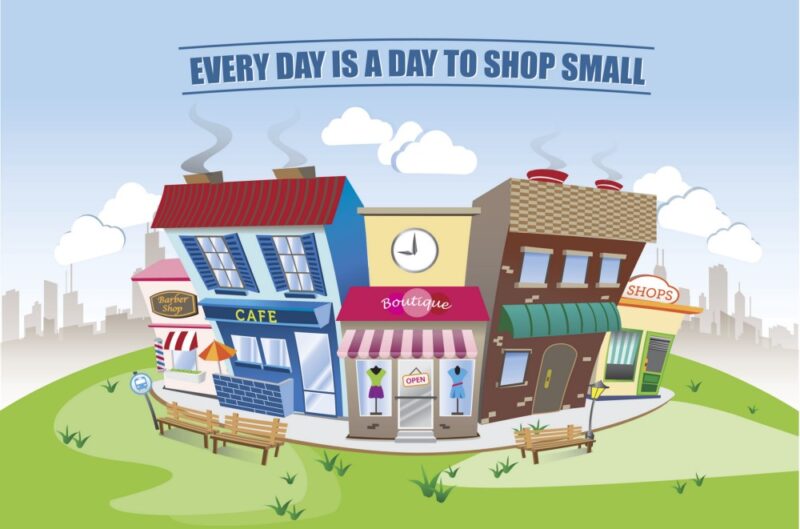
Knowing Knowledge and the Future
In a fully connected and ever-changing world, what does knowledge mean?
Stay up-to-date with the latest insights and trends in the world of small business through our featured articles. Explore fresh perspectives, expert opinions, and inspiring stories.

In a fully connected and ever-changing world, what does knowledge mean?

By engaging with the human spirit and, further, embodying this engagement, leaders become servants to the very people that they seek

Our solutions will arrive not only when we attempt to imagine a different perspective for our entrepreneurial research, energy, and outcomes,

In recognizing that a change or shift in one city or region can have a butterfly effect and result in significant

When transitioning from a moment of crisis to a fundamentally new normal, further reflection is required of us. We must ask

When transitioning from a moment of crisis to a fundamentally new normal, further reflection is required of us. We must ask

When transitioning from a moment of crisis to a fundamentally new normal, further reflection is required of us. We must ask

When transitioning from a moment of crisis to a fundamentally new normal, further reflection is required of us. We must ask

When transitioning from a moment of crisis to a fundamentally new normal, further reflection is required of us. We must ask

As we step into our new world, seemingly blind, we begin to build our post-corona lives, meaning the choices that we

Re-imaging Entrepreneurship Education and Research This moment of connected isolation has changed everyone’s plans from cancellations to postponements. We have re-envisioned

BBC “Business Matters: More government money for US small businesses.” Following the recent 388 to 5 passing of the Congress bill
